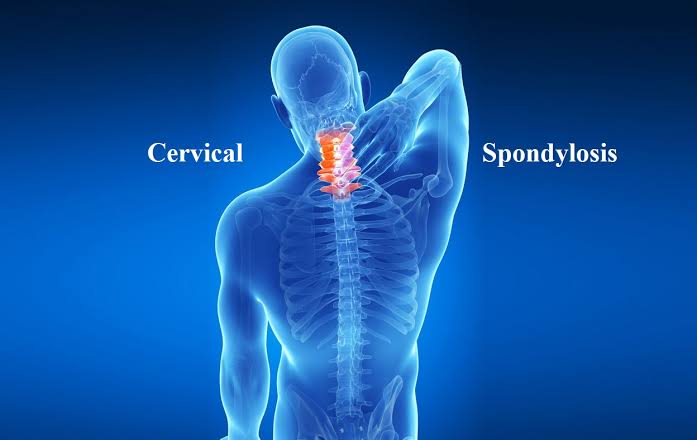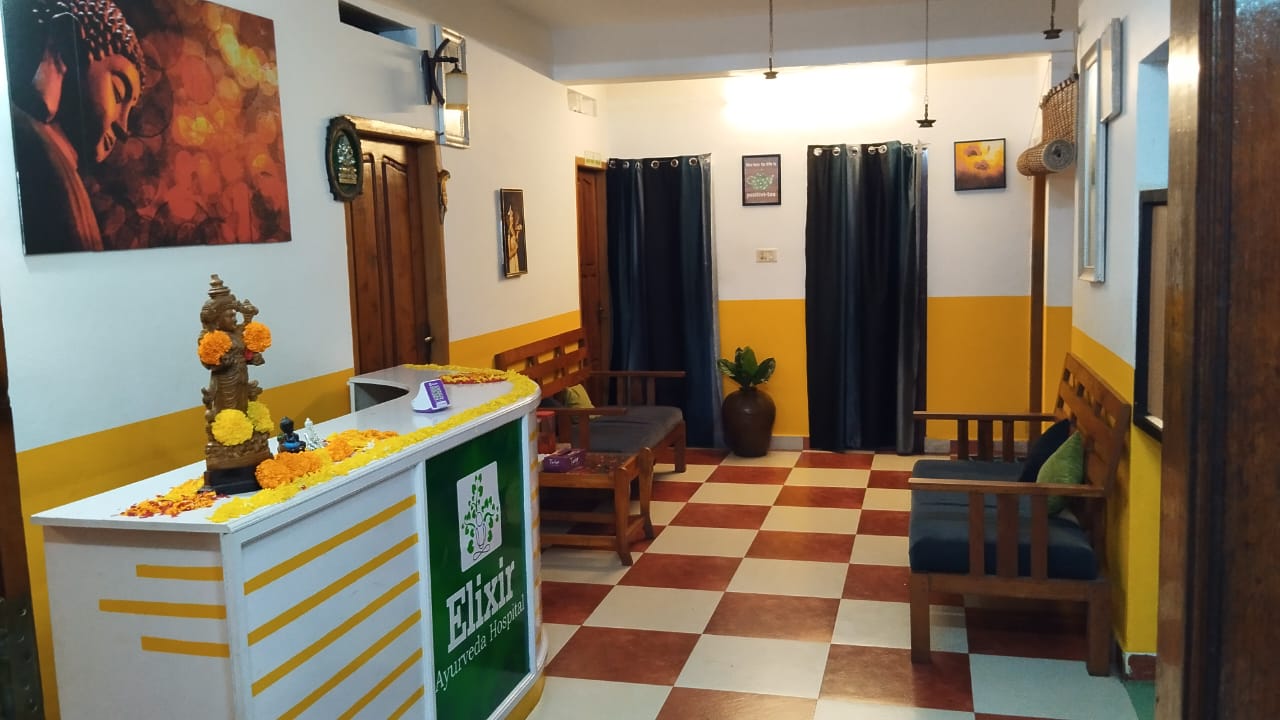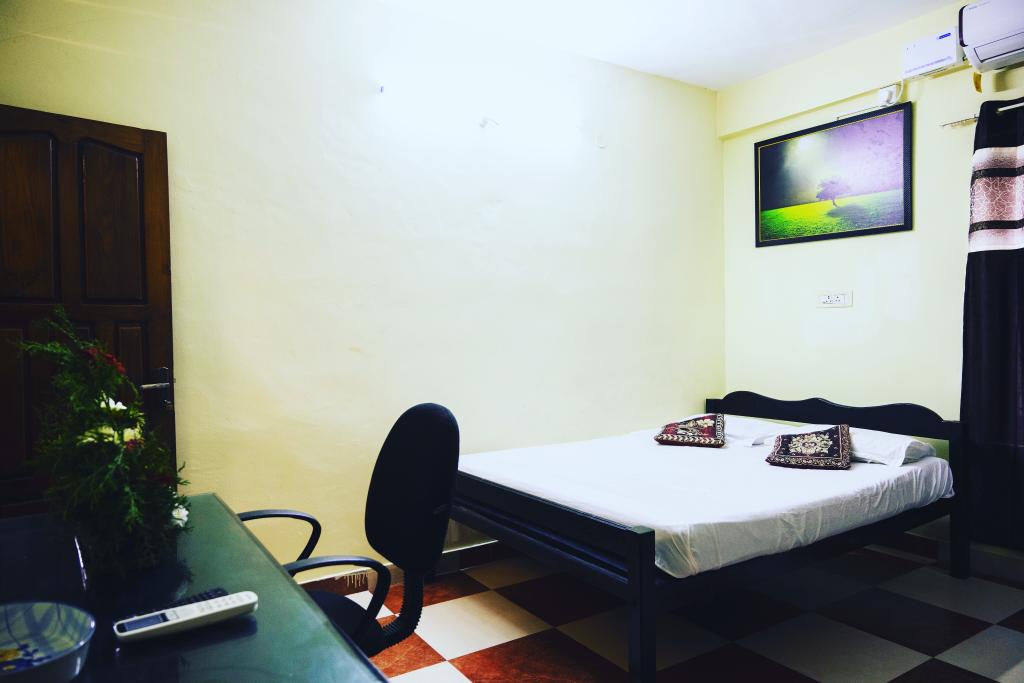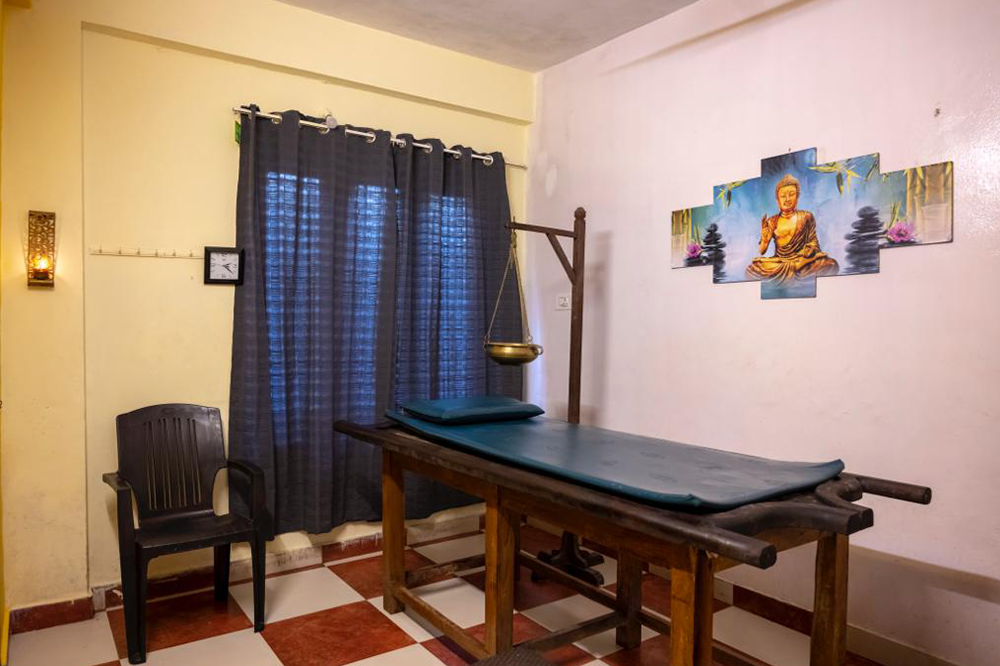Cervical spondylosis, an age-related condition often referred to as neck arthritis or degenerative osteoarthritis of the neck, can be a silent intruder into our lives. Gradually, it can cause discomfort and pain, affecting our daily activities and overall well-being. In this extensive guide, we'll dive deep into cervical spondylosis, exploring its causes, symptoms, and the holistic world of Cervical Spondylosis Ayurvedic treatment. Discover how Ayurveda, with its natural wisdom, can offer relief and rejuvenation to those suffering from cervical spondylosis.
Understanding Cervical Spondylosis: What Lies Beneath
The name may sound complex, but the origins of cervical spondylosis are rather straightforward. It primarily occurs due to the wear and tear of the cervical spine, the part of our spine that supports our neck. Over time, the disks and bones in our neck deteriorate, causing the condition we know as cervical spondylosis. While it's often associated with aging, it's essential to note that cervical spondylosis isn't exclusive to older individuals. Younger people can also be affected, typically due to overexertion or an unhealthy lifestyle.
Unpacking the Causes: How Does Cervical Spondylosis Develop?
The causes of cervical spondylosis are multifaceted, encompassing various factors:
Aging:
One of the primary catalysts for cervical spondylosis is the natural aging process. As we grow older, the disks in our spine become less hydrated, making them less flexible and more prone to damage.
Over Exertion:
The daily grind of life, especially when combined with improper posture and overexertion, can contribute to cervical spondylosis. Activities that strain the neck and spine, such as heavy lifting or extended periods of computer work, can hasten its onset.
Wear and Tear:
Just as the tires on a car wear down over time, so too do our spinal disks. Everyday activities, injuries, and the general demands we place on our necks can result in the gradual erosion of these vital components of our spine.
Lifestyle Choices:
Our lifestyle plays a significant role. Poor posture, lack of exercise, and unhealthy habits can exacerbate the risk of developing cervical spondylosis.
In the world of Ayurveda, cervical spondylosis goes by the name "Greeva Sandhigata Vata." This ancient holistic healing system views this condition as an aggravation of the Vata dosha, primarily responsible for the degeneration of tissues and neck joints. As we age, the risk of developing cervical spondylosis naturally increases. The excessive strain and pressure on the neck joint can accelerate bone erosion and reduce bone density. If left unaddressed, this condition can progress, potentially leading to more complex issues, such as herniated discs.
Recognizing the Signs: Symptoms of Cervical Spondylosis
Cervical spondylosis often begins its journey silently, without any noticeable symptoms. However, as time passes, the following signs may gradually manifest
Neck Stiffness:
You might experience stiffness in your neck, making it difficult to turn your head with ease.
Neck Pain:
Pain in the neck region is a hallmark symptom. It can range from mild discomfort to severe, debilitating pain.
Tingling and Numbness:
Some individuals with cervical spondylosis may encounter tingling or numbness in their arms, hands, legs, or feet.
Weakness:
Muscular weakness can develop, affecting your ability to grip objects or perform everyday tasks.
Coordination Difficulties:
Cervical spondylosis can impact your coordination, making activities like walking more challenging.
Headaches and Dizziness:
You may experience headaches, dizziness, or even a loss of balance.
The Ayurvedic Approach to Cervical Spondylosis
Ayurveda, with its holistic perspective, provides a multifaceted approach to managing and treating cervical spondylosis. It focuses not only on alleviating symptoms but also on addressing the root causes of the condition. Here are some key Ayurvedic treatment and therapies for cervical spondylosis:
1. Abhyangam (Ayurvedic Massage):
Abhyangam is an Ayurvedic massage therapy that uses medicated oils. It can help relax the neck muscles, improve blood circulation, and reduce pain and stiffness.
2. Swedanam (Therapeutic Sweating):
Swedanam involves therapeutic sweating to remove toxins from the body. It can be particularly beneficial for individuals with cervical spondylosis.
3. Elakkizhi (Herbal Poultice Therapy):
In this treatment, herbal poultices are heated and applied to the affected area. It helps reduce inflammation and alleviate pain.
4. Sarvangadhara (Oil Pouring):
Sarvangadhara is a procedure in which medicated oils are poured over the entire body. It can provide relief from pain and promote relaxation.
5. Greeva Vasti (Localized Treatment):
Greeva Vasti is a localized treatment in which a reservoir is created around the neck, and medicated oil is retained within it. This therapy can be highly effective for cervical spondylosis.
6. Njavara Kizhi (Rice Bag Massage):
Njavara Kizhi involves massaging the body with linen bags filled with cooked Navara rice. It helps nourish the body and promote healing.
7. Pizhichil (Oil Bath Treatment):
Pizhichil is a unique Ayurvedic therapy that combines warm oil massage with a continuous stream of medicated oil. It's known for its rejuvenating and pain-relieving properties.
Each of these therapies is tailored to the individual's age and condition, ensuring that they receive the most appropriate and effective treatment.
Dietary Recommendations
Diet plays a crucial role in managing cervical spondylosis. Here are some dietary guidelines to consider:
Foods to Include:
Fresh fruits and vegetables, particularly those with anti-inflammatory properties.
Foods rich in vitamins and minerals, such as leafy greens, nuts, and seeds.
Lean proteins to support muscle health.
Foods with omega-3 fatty acids, like fatty fish and flaxseeds, which can help reduce inflammation.
Foods to Avoid:
Processed foods high in salt and sugar.
Spicy foods that can exacerbate inflammation.
Foods that can lead to weight gain, increasing the burden on the neck and spine.
Lifestyle Modifications
In addition to Ayurvedic treatments and dietary changes, lifestyle modifications are crucial for managing cervical spondylosis. Here are some recommendations:
-
Posture Awareness:
Maintain good posture, especially when sitting for extended periods. Use ergonomic chairs and adjust your workspace if necessary.
-
Regular Exercise:
Incorporate gentle neck and shoulder exercises into your daily routine. Consult an expert for guidance.
-
Stress Management:
Practice stress-reduction techniques like yoga and meditation to relax your mind and body.
-
Adequate Sleep:
Ensure you get enough restorative sleep to support the healing process.
-
Avoid Smoking and Alcohol:
Both smoking and excessive alcohol consumption can exacerbate cervical spondylosis. It's advisable to quit smoking and limit alcohol intake.
-
Weight Management:
Maintain a healthy weight to reduce the strain on your neck and spine.
-
Avoid Heavy Lifting:
Minimize heavy lifting or use proper techniques to avoid straining your neck.
-
Consultation and Monitoring:
Regularly consult with an Ayurvedic practitioner for personalized guidance and monitor your progress.
In Conclusion
Cervical spondylosis Ayurvedic treatment may be a common ailment, but it doesn't have to be a life sentence of pain and discomfort. Ayurveda offers a holistic approach to managing and treating this condition, addressing both its symptoms and underlying causes. By embracing Ayurvedic therapies, dietary adjustments, and lifestyle modifications, individuals with cervical spondylosis can find relief and rejuvenation. It's a journey towards better health and a life with less pain, guided by the ancient wisdom of Ayurveda. Remember, consultation with a healthcare professional is essential before embarking on any treatment journey, including Ayurvedic therapies.
FAQ's
Q1. What are the do's and don’ts for a person with cervical spondylosis?
Do's
▪︎Use firm collars while travelling
▪︎Do use firm mattress, Thin pillow or butterfly shaped pillow.
▪︎Do turn to one side while getting up from lying down.
Dont's
1.Do not lift heavy weights on head or back
2.Do not lie flat on your stomach
3.Do not sit for prolonged time in stressful postures.
Q2.How is CS diagnosed?
The diagnosis is usually through physical examination and imaging. Physical examination is to identify and evaluate the neck movements and function of the nerves and muscles in the arms and legs.
Imaging: X-rays and MRI Cervical spine
Yoga postures helps to improve cervical spondylosis condition?
1.Marjariasana(cat cow pose)
2.Tadasana
3.Balasana(child's pose)
4.Shashaankaasana(Rabbit pose)
5.Matyaasana(Fish pose)
Q3.What are the tips to prevent cervical spondylosis?
1.Avoid doing activities that put pressure on the neck
2.Avoid lifting heavy weights.
3.Take short breaks in between works to give rest to the neck.
4.stay hydrated
5.Eat fruits and green leafy vegetables.
6.Exercise regularly with caution and care.


























